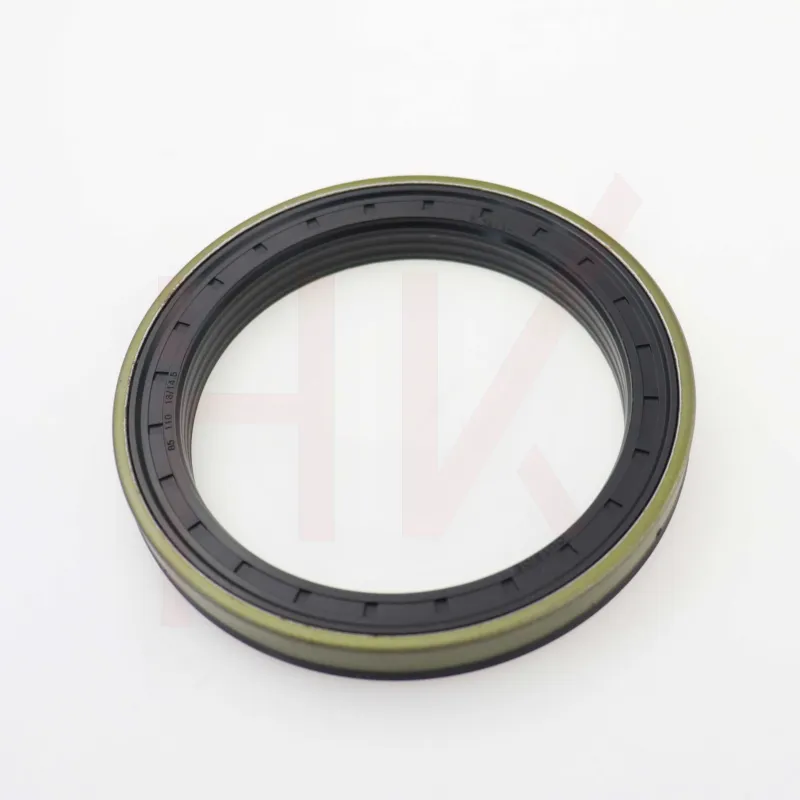Dec . 11, 2024 08:57 Back to list
replacing wiper seal on hydraulic cylinder
Replacing Wiper Seal on Hydraulic Cylinder A Step-by-Step Guide
Hydraulic cylinders are essential components in various machinery, providing the necessary force to lift, push, or pull heavy loads. Like all mechanical parts, hydraulic cylinders can wear out over time, and one common issue is the degradation of the wiper seal. The wiper seal, also known as the dust seal, plays a crucial role in keeping contaminants out of the hydraulic system and ensuring smooth operation. This article will guide you through the process of replacing the wiper seal on a hydraulic cylinder.
Understanding the Wiper Seal
The wiper seal is typically located at the rod end of the hydraulic cylinder. Its primary function is to wipe away dirt, dust, and other contaminants from the rod as it extends and retracts. When a wiper seal fails, it can lead to several issues, such as oil leaks, reduced efficiency, and ultimately, damage to the hydraulic cylinder itself. Recognizing the signs of a worn or damaged wiper seal—like excessive oil leakage or abnormal rod movement—can help in preventing further complications.
Tools and Materials Needed
Before starting the replacement process, gather all the necessary tools and materials
- Replacement wiper seal compatible with your hydraulic cylinder - Hydraulic cylinder manual (for reference) - Wrenches and sockets - Screwdrivers - Seal removal tool or pick - Oil or grease for lubrication - Clean rags or paper towels - Safety goggles and gloves
Step-by-Step Replacement Process
1. Safety First Begin by ensuring the hydraulic system is depressurized. Disconnect any power source and follow safety protocols, including wearing safety goggles and gloves to protect yourself.
2. Remove the Cylinder from the Machine Depending on your particular setup, you may need to detatch the hydraulic cylinder from the equipment it operates. Follow the manufacturer’s instructions for removal.
replacing wiper seal on hydraulic cylinder

3. Clean the Area Using clean rags, wipe down the external area of the cylinder to remove dirt and contaminants. This step is crucial to preventing debris from entering the cylinder during seal replacement.
4. Disassemble the Cylinder Locate the end cap or retaining ring of the hydraulic cylinder. Use appropriate tools to carefully remove these components. Make sure to take note of the order and orientation of each part as you disassemble the cylinder.
5. Remove the Old Wiper Seal Once you have access to the wiper seal, use a seal removal tool or a pick to gently pry it out. Take care not to scratch or damage the sealing surfaces during this process.
6. Inspect the Cylinder Rod and Barrel With the old wiper seal removed, thoroughly inspect the cylinder rod for any signs of wear or damage. Any scratches or rough spots can affect the performance of the new seal. If necessary, polish the rod or replace it.
7. Install the New Wiper Seal Before installing the new wiper seal, lightly lubricate it with hydraulic oil or grease. This helps the seal to slide into place more easily and ensures a proper fit. Carefully position the new seal in its groove, ensuring it is seated correctly.
8. Reassemble the Cylinder Once the new wiper seal is in place, reassemble the hydraulic cylinder by reversing the disassembly steps. Make sure to replace all components in their original order and orientation.
9. Test the Cylinder After reassembly, connect the cylinder back to the machine and restore hydraulic pressure. Test the cylinder’s functions to ensure it operates smoothly and effectively.
10. Clean Up Dispose of the old wiper seal and clean up any tools and materials used during the process.
Conclusion
Replacing a wiper seal on a hydraulic cylinder is a straightforward task that can significantly enhance the longevity and performance of the hydraulic system. Regular maintenance, including timely seal replacement, will prevent costly repairs and ensure safe operation. By following this guide, you can tackle this task confidently and keep your hydraulic machinery running smoothly. Always refer to the manufacturer’s manual for specific instructions and recommendations tailored to your equipment.
-
TCN Oil Seal Metal Ring Reinforcement for Heavy Machinery
NewsJul.25,2025
-
Rotary Lip Seal Spring-Loaded Design for High-Speed Applications
NewsJul.25,2025
-
Hydraulic Cylinder Seals Polyurethane Material for High-Impact Jobs
NewsJul.25,2025
-
High Pressure Oil Seal Polyurethane Coating Wear Resistance
NewsJul.25,2025
-
Dust Proof Seal Double Lip Design for Construction Equipment
NewsJul.25,2025
-
Hub Seal Polyurethane Wear Resistance in Agricultural Vehicles
NewsJul.25,2025
-
The Trans-formative Journey of Wheel Hub Oil Seals
NewsJun.06,2025
Products categories
















